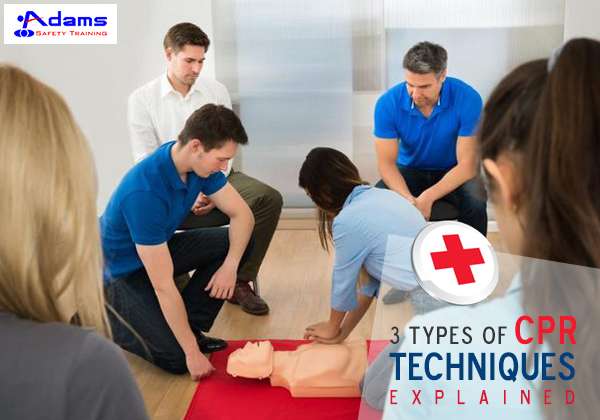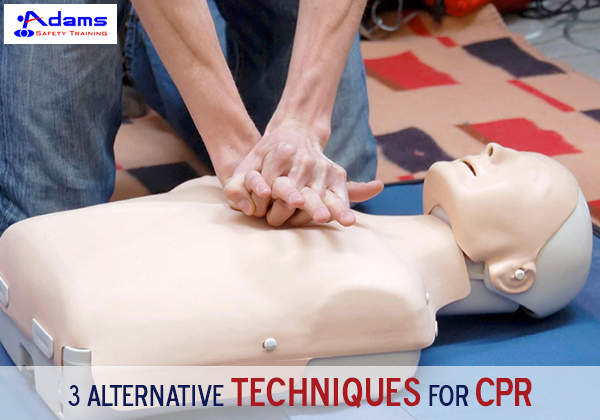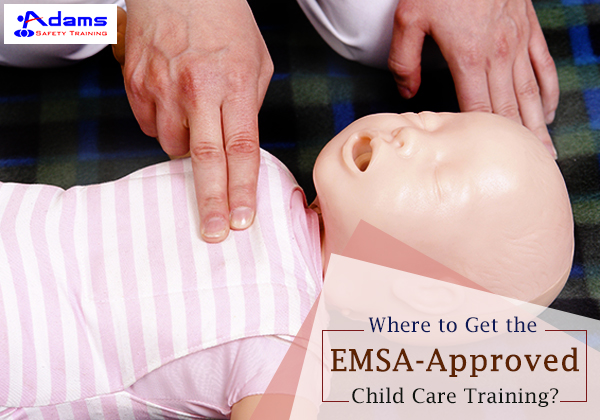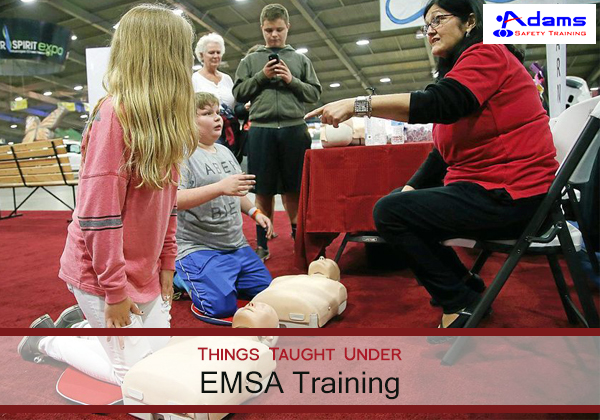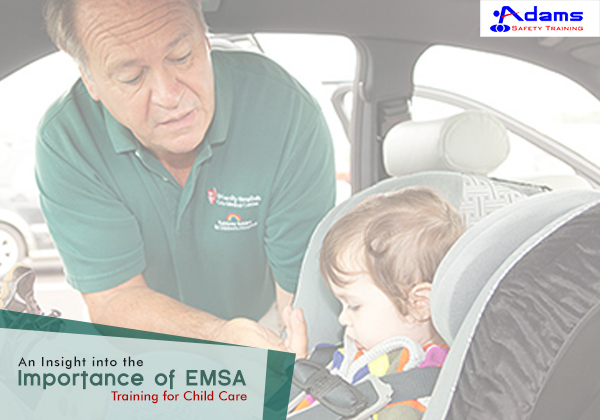Apart from the basic trait that a babysitter must love kids- there are certain other traits that are equally important if you want to choose babysitting as your profession. You need to be good decision-maker as well as a good problem solver and be a good role model for the children you’ve been taking care of.
The infographic “How to be a Professional Babysitter?” uploaded by adamssaftey.com gives you a complete overview of the tasks and responsibilities you need to maneuver while being a babysitter. Apparently, training in CPR and First-aid certifications and being able to handle emergencies is a must.
You should be aware of the basic safety and injury prevention tips like putting a clean cloth over the wound to stop the bleeding in case of a minor cut, running cold water on a burnt area to prevent any further damage and many more helpful tips like these.
You also need to take care of other important details such as getting an alternate number to contact the employer in case of emergency (if his/her number is not working), how to use fire extinguishers and first-aid supplies and much more. Please visit the given infographic to get further information on these helpful tips.



